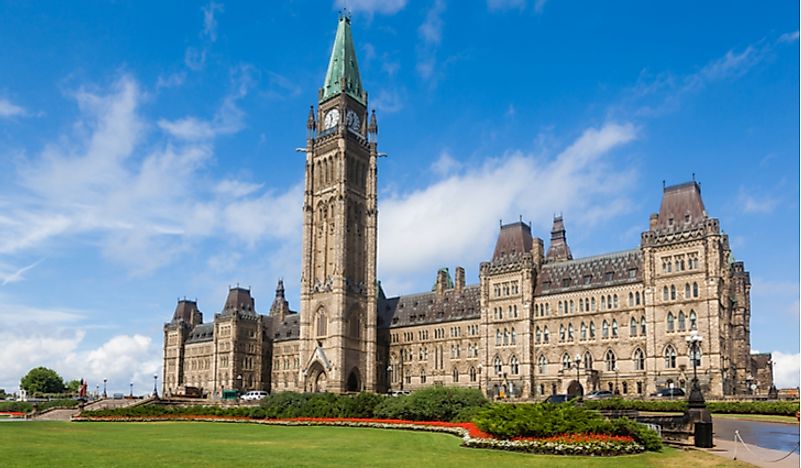When Did Canada Become a Country?

Canada is a country located in North America. Canada became a country on July 1, 1867. By area, Canada is the second largest country in the world after Russia. Canada covers an area of 9.98 million square kilometers. Its three territories and ten provinces extend between three oceans; the Arctic, Pacific and the Atlantic Ocean. Canada is highly urbanized but sparsely populated. About 82% of its population lives in cities. The majority of the Canadian land is covered in forests and the Rocky Mountains. Its capital city is Ottawa.
Brief History
Prior to the arrival of the Europeans in Canada, the land that encompasses modern-day Canada was occupied by indigenous people; the First Nations, Inuit, and Métis. However, some of these were long faded when the Europeans arrived in the 15th century and have only been studied through archeological findings. The two European countries who were most present in Canada were Britain and France. These two countries explored, claimed lands and fought over various places in North America. They then established colonies in the land. The first colony to be established was the colony of Canada, established by France in 1535. In 1763, the French were defeated in the Seven Years’ War forcing them to give up the colony of Canada to the United Kingdom. In 1791, the current provinces of Quebec and Ontario were split into Upper and Lower Canada. These two regions were reunified in 1841. By the late 18th century, Britain controlled most of what comprises Canada today.
When Did Canada Become A Country?
Canada was founded on July 1, 1867. On this date, the colonies of Canada, New Brunswick, and Nova Scotia linked to form the sovereign dominion of Canada in a process called confederation. At this time, Upper Canada and Lower Canada became Quebec and Ontario. Therefore the new confederation comprised of four provinces: Nova Scotia, New Brunswick, Quebec, and Ontario. The confederation led to a territorial evolution leading to the incorporation of other parts of British North America into the newly formed entity of Canada to form what is today contemporary Canada. Newfoundland and Labrador was the last province to be incorporated into the confederation in 1949. For a period of many years since Confederation, Canada has undergone many territorial changes and expansions, eventually forming the current union of ten provinces and three territories.
The formation of Canada and attainment of its independence was a gradual process. Despite the existence of a responsible government in Canada, the United Kingdom continued to claim sovereignty over the land until the end of the World War I. The 1931 passing of the statute of Westminster recognized Canada as equal with the United Kingdom but the country was denied the power to amend its constitution. Dependence on the British parliament in Canada was removed in 1982 after patriation of the constitution. Canada is a federal parliamentary democracy and a constitutional monarchy, with Queen Elizabeth II being the head of state.











